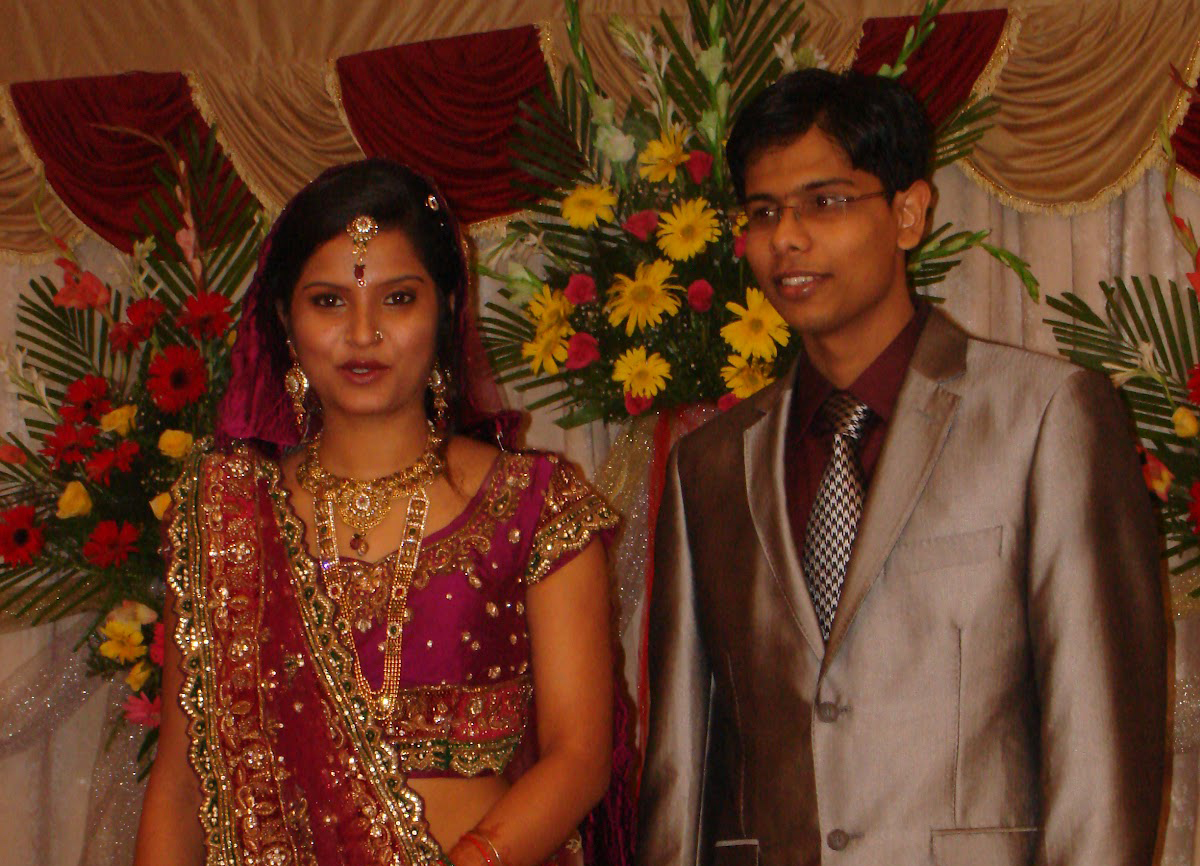No? This practice is still normal in India and in the Muslim world too. Wedding traditions around the world vary widely, and some practices of the Easter world has long been unacceptable for Westerns, while on the other side the marriage, as we know it, is unimaginable at East.

Most marriages in our country under the Alps take place during pleasant days of spring and late summer. Future wife has a great importance in discussing the wedding festivities. Date and place of marriage, food and drink, napkins and candles, music and an accompanying program - every detail approves the bride. While for example in Egypt (and in most other Muslim countries) bride is often omitted even when deciding on her future partner. 90 percent of Egyptians are Muslims, who believe that religion is inherited trough father's line, so men can marries non-Muslim without major problems. Problem can arise if a girl wants to spend the rest of her life with a man to whom Allah is not close. Years ago young Muslim girl fell in love with a Copt, Orthodox Christian, and paid with her live. This is just one of many reasons why girls walk down the aisle with Muslim; much better is, if they take into account wishes of parents. Arranged marriages are not rare, but Egyptian parents today already comply with the wishes of its descendants. Of course, after the man asks for their daughter's hand, they investigate every detail in his past life. When future in-law passes this test, the engagement is allowed.
Major concern of newlyweds is certainly the financial side of marriage and party after. Marriage, a symbol of love unification of men and women, requires bulky pile of money. Some sources say that the average Slovenian wedding costs around 10,000 euros. Of course, the celebrations can also be a bit more modest, as a childhood girl dreams often do not allow lower budget. Thus, for example, Reuters reports that the average American wedding costs two times more than Slovenian. Even our northern neighbors charge more for services, such as photography, food and drink, which in turn lead to higher account. The financial burden of dowry, that we almost do not know any more, in Egypt bears the groom. After the engagement he has to collect more than 5,000 euros for the mahr (dowry) in half a year. Given that the average worker earns only 100 € per month, there only a few who are engaged just six months. Once mahr is collected, the future husband, wife and her mother goes to the jewelry to buy gold. Girls are far from being modest and mount up as much gold as they can. When the dowry is settled, they have six months to consider whether they really want to release the knot.
There are girls, who from a very early childhood dream of perfect wedding and prince charming, who will take her down the aisle in her beautiful white dress. A dream wedding in the Western world no longer includes the cult of virginity. To men, women and to their parents it is clear that the wedding night for the bride and groom will not be the first that will be spent together. The sexual revolution in the sixties made the virginity till the marriage only a fairy tale. But in the Muslim world, and also in most of Asia, this myth still lives in everyday life. If after a trial period of six months in Egypt a couple decides to get marry, the ceremony is followed by a wedding night, which is far from the imagination of Western girls. If a girl marries to a conservative family, mother-in-law joins the newlyweds in the bedroom. After bed activity mother-in-law takes a white handkerchief and verify if a bride is bleeding. That is a sign of her virginity. If the handkerchief is red, all the wedding guests see it and the fun continues. Otherwise, the bride’s future is pessimistic and her entire family is embarrassed. Therefore, many girls do not opt for cosmetic surgery of breast enlargement, as is often practice in the West. In Egypt, the breasts are not the biggest concern of girls; as they do have frequent operations of hymen.